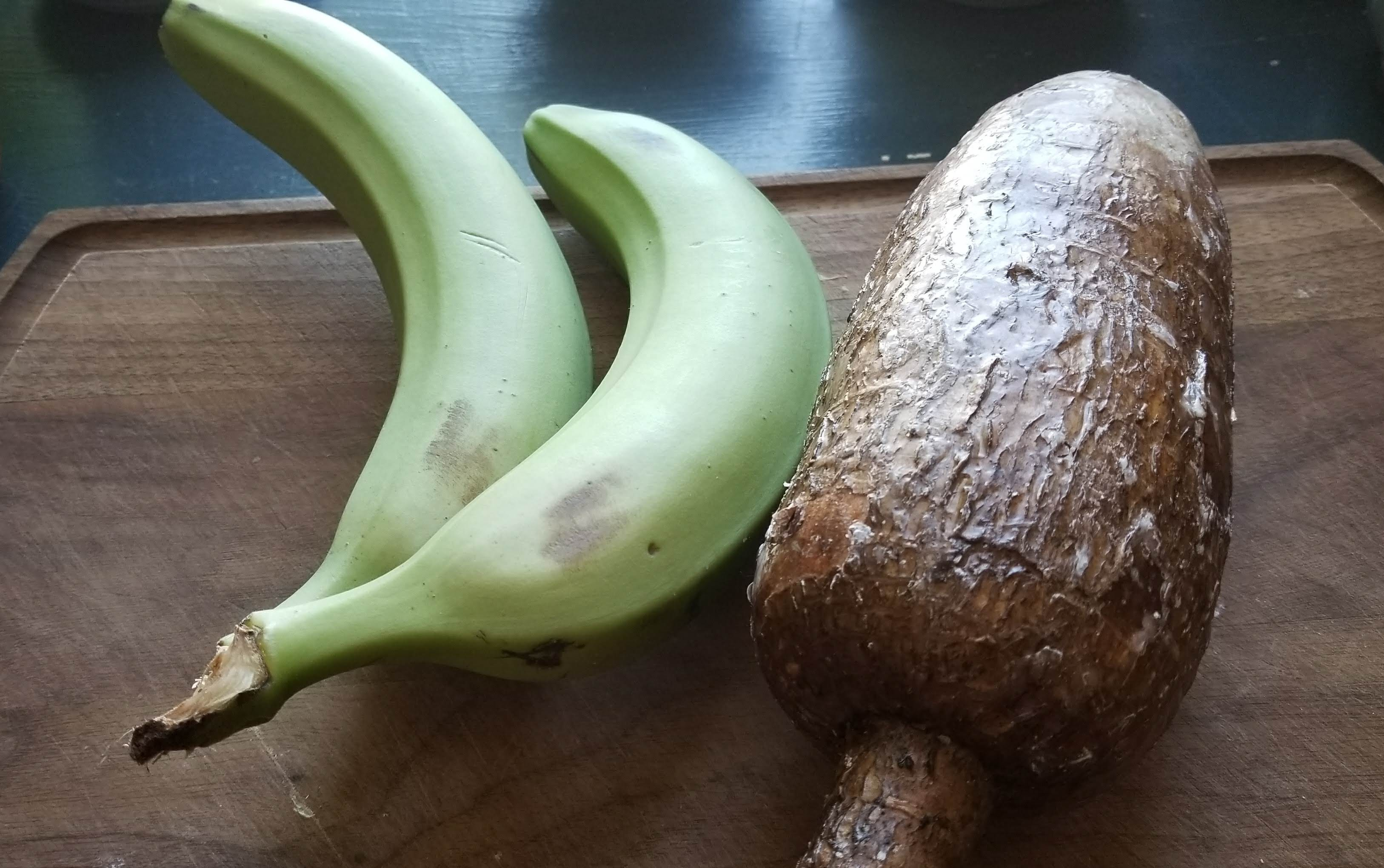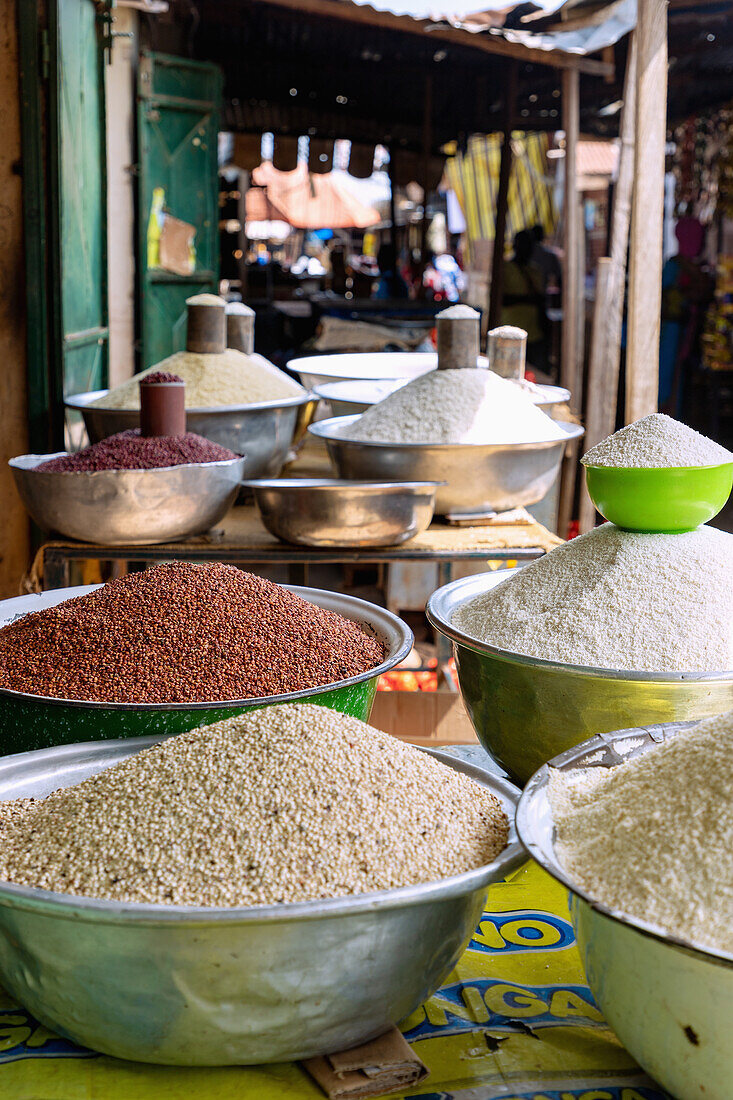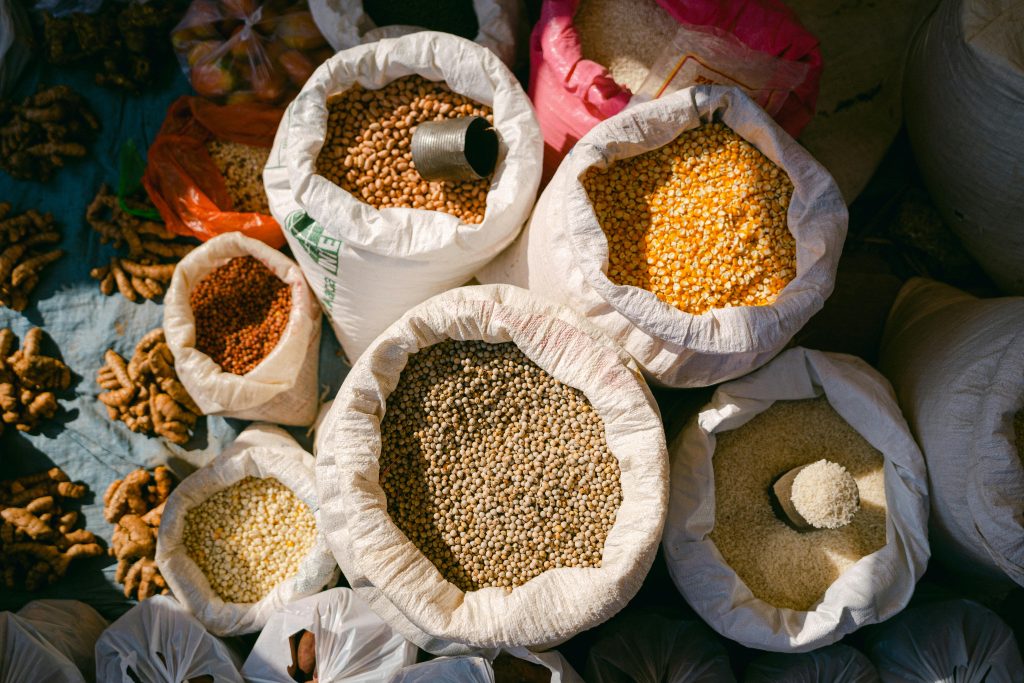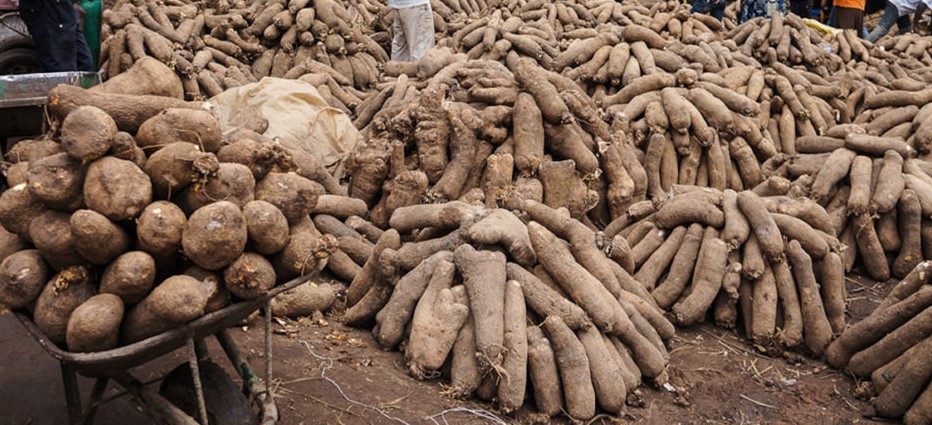Origins & Heritage of Ghanaian Food Culture
Ghanaian cuisine is a colorful blend of tradition, agriculture, and identity. Every meal tells a story of the land and the people who cultivate it, reflecting centuries of history, trade, and cultural exchange. Beyond taste, food in Ghana embodies community, hospitality, and heritage; core values that unite the nation’s diverse ethnic groups.
Ghana is home to over 70 ethnic groups, and each community brings a distinct culinary influence:
· Akan (Asante, Fante, Akuapem, etc.) – Famous for dishes like fufu with light soup, apem (boiled plantain with kontomire stew), and palm nut based delicacies.
· Ewe (Volta Region) – Known for akple (fermented corn and cassava dough served with okra soup), and spicy fish-based stews.
· Ga (Greater Accra) – Creators of kenkey with fried fish and pepper sauce, a meal now enjoyed nationwide.
· Dagomba & Northern Groups – Staples like tuo zaafi (TZ), millet porridge, and rice-based dishes highlight the Sahelian agricultural traditions.
This rich variety makes Ghanaian cuisine not just national, but regional, with every ethnic group contributing something unique to the national food identity.
The Ghanaian food basket is deeply tied to its geography:
· Forest Zones (South & Middle Belt): Cassava, cocoyam, yam, and plantain thrive here, forming the base for meals like fufu, ampesi, and gari.
· Savannah & Northern Regions: Millet, sorghum, shea, and rice dominate, supporting dishes like TZ and rice-based stews.
· Coastal Areas: Abundant seafood enriches meals such as kenkey and fried fish or banku with tilapia.
These staples; yam, cassava, plantain, maize, millet, rice, and cocoyam are more than food; they represent Ghana’s agricultural heritage and sustainability.
In Ghana, food is more than nourishment; it is a cultural language.
· Hospitality: Offering food to guests is a sign of respect and welcome. A visitor rarely leaves a Ghanaian home without being offered a meal or drink.
· Community: Meals are often shared from one big bowl, symbolizing unity and togetherness.
· Cultural Pride: From family gatherings to national festivals, dishes like jollof rice, fufu, kenkey, and waakye are not just meals, but markers of identity and pride.
Food is a way of preserving heritage. Recipes are passed from one generation to the next, often orally, carrying with them ancestral knowledge and cultural values.
While globalization has introduced new ingredients and cooking techniques, traditional Ghanaian food remains central to daily life. Dishes like jollof rice have gained international fame, sparking the famous “Jollof wars” between Ghana and Nigeria. Restaurants worldwide now feature Ghanaian meals, proving that this culinary heritage resonates globally.
Ghanaian food culture is rooted in tradition but continues to evolve, balancing heritage with modernity. From the diverse ethnic recipes to the symbolic role of food in hospitality and identity, Ghanaian cuisine remains a proud expression of the nation’s origins and cultural heritage.
Related content
Interdum et malesuada fames










